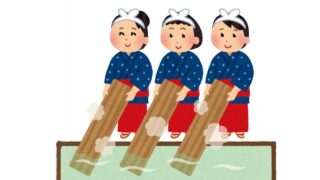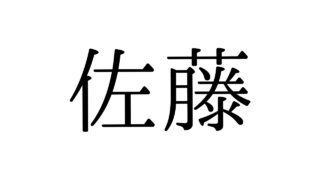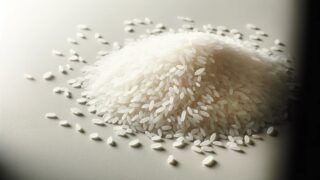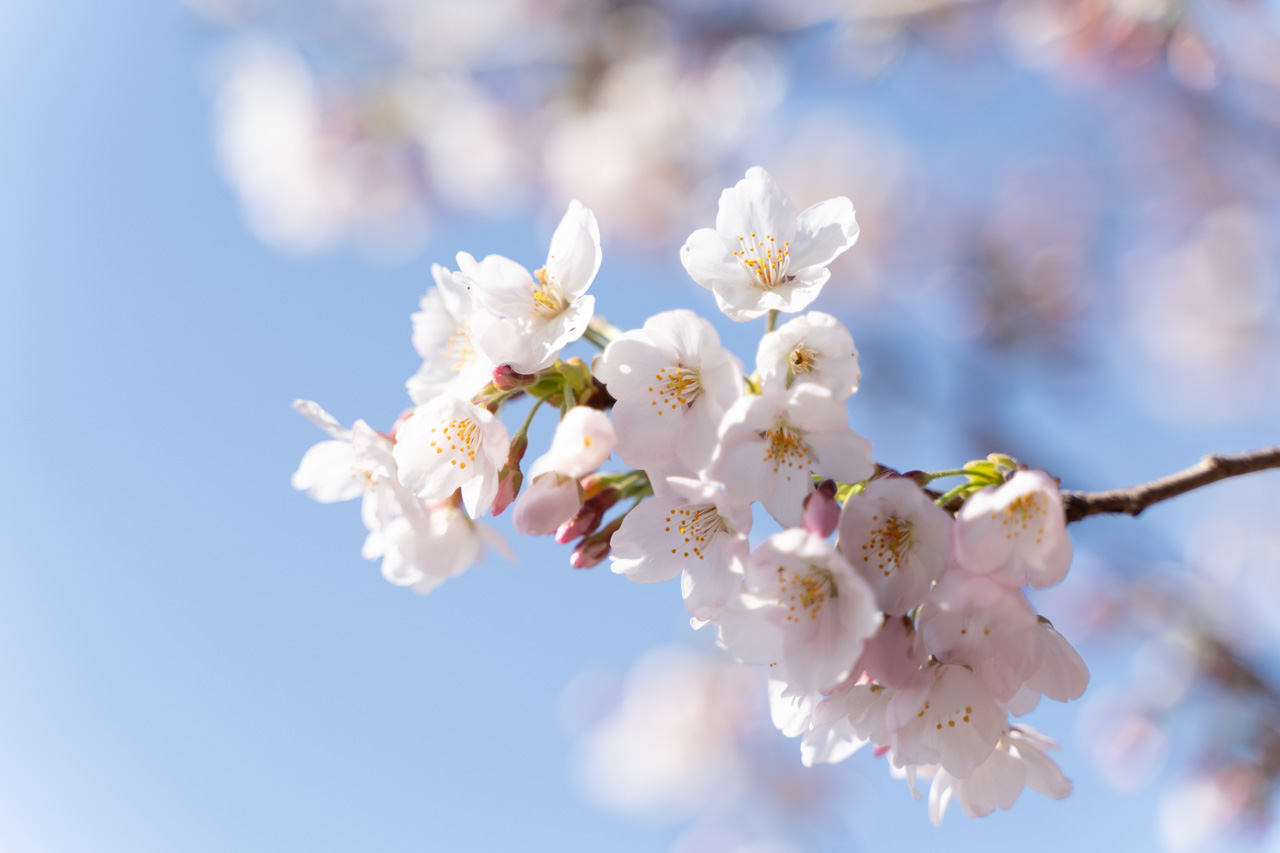What is Haru Ichiban?
Haru Ichiban, which translates to “the first spring wind,” refers to the strong south or southwesterly wind that blows across Japan, particularly on the Pacific side, between Risshun (around February 4th) and Shunbun (around March 20th). This wind is considered a symbolic phenomenon that signifies the arrival of spring, as it marks the transition from the cold winter climate to the warmer spring weather.
Origins and History of the Term
The exact origin of the term “Haru Ichiban” is unclear, but it is believed to have been coined as a meteorological term in the late 19th to early 20th century, when weather observations became more systematic in Japan. The word “Ichiban” means first or number one, so it is thought that the term was used to describe the first strong southerly wind that signaled the arrival of spring.
Characteristics of Haru Ichiban
- Timing: Occurs between Risshun and Shunbun
- Direction: Blows from the south or southwest
- Strength: Relatively strong, sometimes reaching gale force
- Temperature change: Brings a sudden rise in temperature
- Impact on nature: Promotes snow melting and plant budding
- Weather conditions: Often associated with the passage of low-pressure systems
Dates of Past Haru Ichiban Observations (Kanto Region)
| Year | Observation Date |
| 2023 | March 1 |
| 2022 | March 5 |
| 2021 | February 4 |
| 2020 | February 22 |
| 2019 | March 9 |
| 2018 | March 1 |
| 2017 | February 17 |
| 2016 | February 14 |
| 2015 | Not observed |
| 2014 | March 18 |
| 2013 | March 1 |
Is There a “Second Spring Wind”?
The term “Haru Niban,” which would translate to “second spring wind,” is not commonly used. As Haru Ichiban refers to the first strong southerly wind of the year, subsequent strong winds do not have a special name. However, strong southerly winds may still blow after Haru Ichiban, but they are simply referred to as strong winds or warm southerly winds.
Conclusion
Haru Ichiban holds significance not only as a meteorological phenomenon but also as a symbol of the arrival of spring and new beginnings in Japanese literature and poetry. As this wind blows, the cold of winter subsides, and nature comes back to life, making it a heartwarming event for many people. As we look forward to the day when Haru Ichiban blows, let us enjoy the transition from the cold winter to the warm spring season.





















